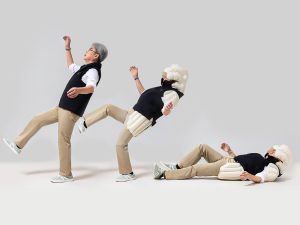Today, thanks to New Brunswick long-time nurse, Kelly Dunfield, epinephrine auto-injectors (EAI) are much more accessible across North America than they’ve ever been.
Triggered by a “too close to home,” allergic reaction that turned fatal, Dunfield launched a family led pilot project in 2014 that distributed stocked EAI cabinets to public sites in her home town.
A decade later the campaign has grown with Nurse Dunfield and her team’s commitment to community health continuing with many more visible, centrally located sites up and running in colleges, universities and restaurants. There are even some where people run daycare’s out of their home.
The challenge is that some people know they have allergies and don’t always carry their epi pens with them. Others don’t bring the recommended two injectors everywhere. Most carry only one. Experience tells us however that there may been a need for a second dose in five to fifteen minutes when they are having a severe anaphylactic emergency. The scariest situation is when a person suddenly develops an allergy and has a reaction for the first time. These people are not carrying an epi-pen of course, so the easier it is to find one the better. That’s where free-to-all, public cabinets that are stocked with kits can often save the day.
According to Kelly, “wherever there’s insects, food, medication there should be an easy to find epinephrine kit.” If the kits are centrally placed, and visible in the spots where they are located, like fire extinguishers, everyone will be ready to save the life of someone in anaphylaxic shock.
Signs and symptoms of anaphylaxis?
Symptoms usually occur within minutes of exposure there can also be a delay of 30 minutes or more. There can be an equally serious second reaction one to eight hours after the initial reaction. A range of signs and symptoms may occur, including:
• Flushed or pale skin, hives, itching, or rash
• Swelling of the eyelids, and itchy, watery eyes
• Itchy or swollen tongue/throat or a feeling of a lump forming in the throat
• Constriction (a blocking) of the airways, causing wheezing or trouble breathing
• Rapid or weak pulse/ rapid heart rate
• Dizziness or fainting along with nausea, vomiting, or diarrhea
• A feeling of impending doom
Anaphylaxis triggers commonly include:
• Certain foods and medications • Insect bites or stings (venom) • Certain chemicals, materials, or products.
Source: CCOHS














